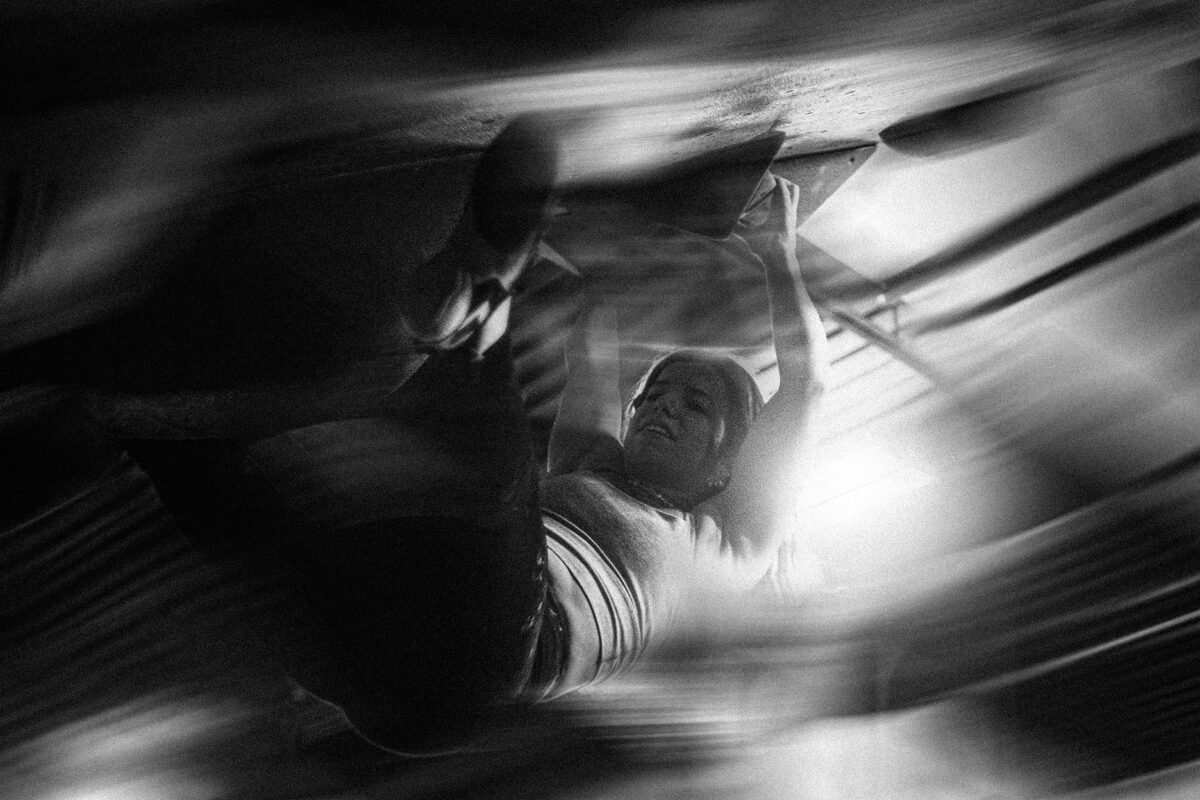Being strong, having fingers of steel, titanium abs, it’s all well and good, but you still need to apply the strength you have to successfully link boulders and routes, both indoors and outdoors!
Here are a few tips that will help you complete your projects more quickly.
Attack, properly warmed up
To be in the best possible condition to attempt your project, make sure you are in the best possible physical condition. A little cardio warm-up, some dynamic movements. I also make sure to do a small “pyramid” of problems before tackling the project: let’s say 4 very easy problems, 3 problems one grade above, up to a problem at your flash level.
Memorize your beta
This is probably my only superpower in climbing: I manage (most of the time) to remember my method. This saves me a lot of time. With each attempt, make sure you know your sequence well so as not to waste time on the wall. After all, your energy is limited! Mentally review the movements even before touching the holds. Some even note their sequence for the next visit. Another interesting trick: film yourself! You’ll have your beta at hand at any time. Even our coaches use this technique to help their clients.
Maximize the beta
To link, you seek efficiency. What better than watching other people try the same problem/route you’re attempting to climb! Also, don’t hesitate to exchange with other climbers about the movements: you might find new, more appropriate methods and incidentally make new friends. Who can top that? And for outdoor climbing: find videos of people linking or working on the problem or route: you’ll learn from their mistakes (or successes)!
Are you on a longer-term project? Break down the problem or route: where are the passages that are easy and where are the movements that block you? Make sure to refine the theoretically easier movements to avoid wasting energy in these transitions. Then focus on the more problematic movement(s). Don’t hesitate to use other holds nearby (an advantage of indoor climbing!) to reach the crux and work out a sequence.
Leave… to come back better
Sometimes, the best way to link a project is not to persist until your fingertips turn red. Sometimes you need to set the problem aside temporarily and come back to it the next session, fresh and ready to link. Pay attention to when the quality of the attempts you’re making drops. If you struggle to make moves that were easy at the beginning of the session, it’s probably time to move on to something else.






